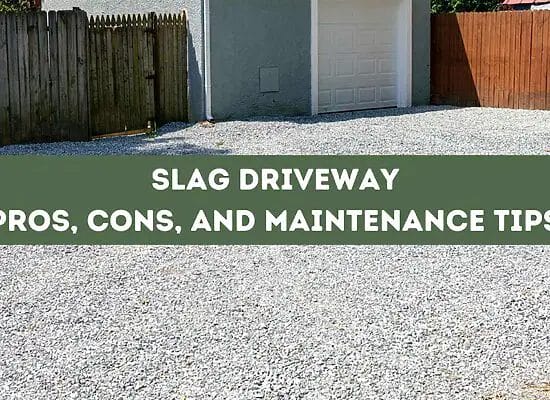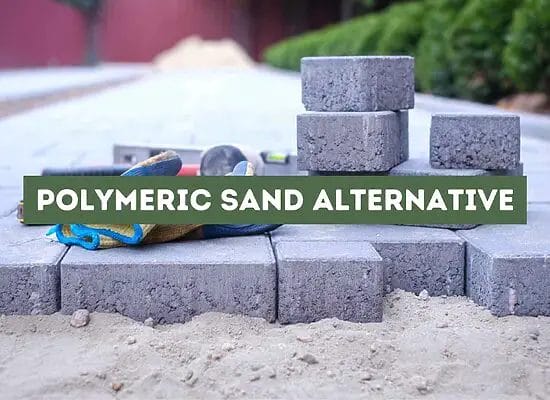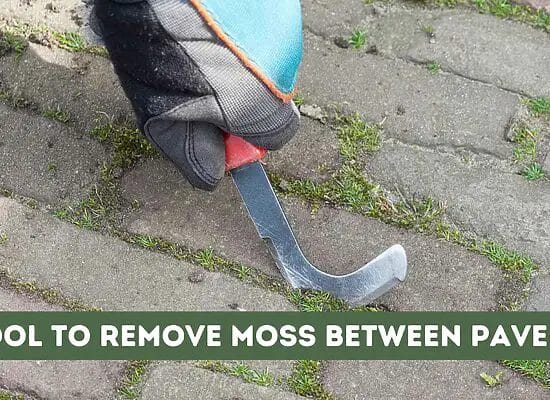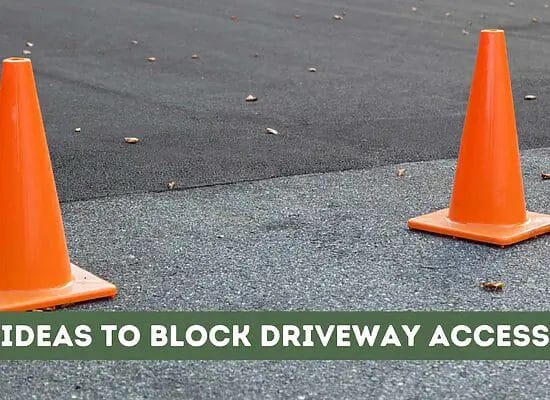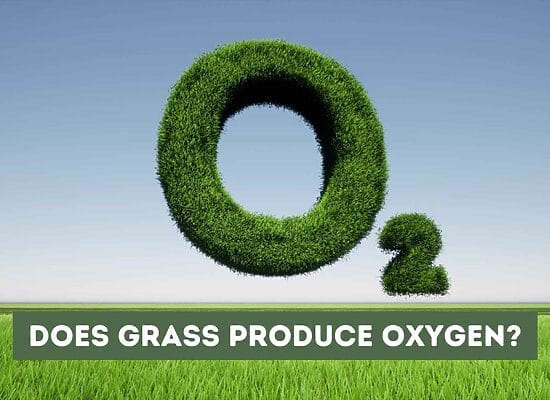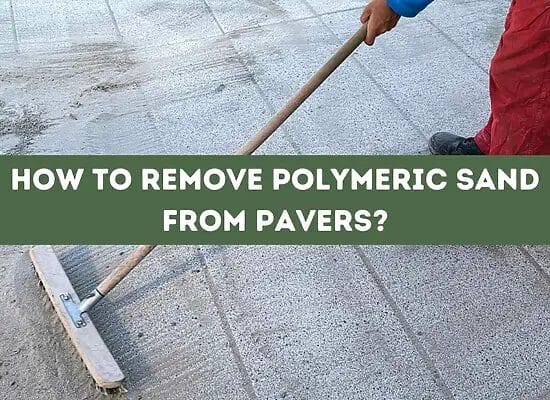
When it comes to creating the ideal environment for koi fish, one crucial factor to consider is the depth of the pond. Koi ponds should not only provide enough space for the fish to grow and swim comfortably but also protect them from predators and maintain stable water conditions.
Choosing the right depth for a koi pond can be a challenging task, as it depends on various factors such as the size of the pond, the number of fish, and local climate. But, how deep should a koi pond be?
The ideal depth for a koi pond ranges from 4 feet to a striking 21 feet, depending on the pond’s surface area. However, larger koi fish may require a pond that is 6-8 feet deep to provide enough space for diving and better protection from predators.
Key takeaways:
- Ideal koi pond depth depends on factors like pond size, number of fish, and local climate;
- The minimum recommended depth is 3 feet, with deeper areas for winter refuge
- Deeper ponds offer more gallons of water, better health, and stability in water temperature;
- Proper pond size with a mix of shallow and deep areas contributes to koi fish well-being;
- Finding the right depth ensures a healthy and comfortable environment for koi fish to thrive.
Recommended Koi Pond Depths
One crucial factor to consider when designing your dream koi pond is the depth. The ideal depth not only ensures the well-being of your beloved koi fish but also provides a thriving environment for them to live in.
Optimal Depth
The optimal depth for a koi pond can vary depending on factors such as the pond’s surface area and the climate of the region. Generally, the ideal depth for koi ponds ranges between 4 and 21 feet. A depth of 4 feet is suitable for smaller ponds, as it helps prevent rapid water evaporation in the summer and offers protection to the koi fish from predators.
On the other hand, having a deeper pond is advantageous in colder climates, as it prevents the water from freezing entirely during winter months, providing a safe environment for your koi fish to thrive.
Minimum Depth
A koi pond’s minimum depth should be at least 3 feet, and it should contain a minimum of 1,000 gallons of water. This depth is critical for ensuring the well-being of your koi fish and maintaining a stable water temperature, especially during winter months. The ideal pond design includes at least 10 square feet of surface area per fish and has a length and width greater than its depth.
When planning to build a koi pond in your backyard, consider the available space and the number of fish you plan to have. In addition to depth, it’s essential to account for the pond’s size, ensuring that it can hold an adequate volume of water for your koi fish.
Adjusting Depth Depending on Factors
The minimum depth of a koi pond should be no less than 3 feet, encompassing a minimum of 1,000 gallons of water. This depth is vital for safeguarding your koi fish’s welfare and maintaining a stable water temperature, particularly during winter. A well-designed pond should provide at least 10 square feet of surface area per fish and feature dimensions where the length and width exceed its depth.
When contemplating the construction of a koi pond in your backyard, assess the available space and the quantity of fish you intend to house. Alongside depth, it’s crucial to consider the overall size of the pond, guaranteeing it can accommodate a suitable water volume for your koi fish.
Factors Affecting Koi Pond Depth
There are many factors affecting a koi pond’s depth, each playing a crucial role in the overall health and well-being of your koi fish. From climate conditions and pond size to fish growth and predator protection, understanding these factors will help you create the perfect environment for your koi to thrive.
Space Available
A key factor influencing a koi pond’s depth is the amount of space your backyard offers. Ideally, the pond should grant sufficient room for your koi fish to swim leisurely and develop. Based on the space at your disposal, you might need to opt for either a deeper or shallower pond. Typically, the least depth for a koi pond is three feet; however, having a more expansive pond is favored.
Budget
Your budget plays a significant role in determining the size and depth of your koi pond. Building a deeper pond may require additional excavation, materials, and labor costs. However, investing in a deeper pond can help provide a more natural and healthy environment for your koi fish to thrive.
Koi Size and Growth
Koi fish can grow quite large, so it’s essential to consider their size when determining the depth of your pond. A pond of at least four feet in depth is recommended to ensure ample space for your koi to swim and develop. Deeper ponds can also help maintain a stable water temperature and support a larger volume of water necessary for their well-being.
Climate and Temperature
The climate and temperature in your area also influence the ideal depth of your koi pond. In colder regions, a deeper pond can help protect your koi fish during winter, preventing the water from freezing completely.
Predator Protection
A deeper koi pond can offer increased protection against predators like herons and raccoons. By having deeper areas where your koi can retreat, they can evade potential threats more effectively. This is another reason why a minimum depth of three feet is often recommended for koi ponds.
Pond Maintenance
Keeping the water quality and cleanliness of your backyard koi pond in tip-top shape is essential for the well-being of your beloved koi fish. When it comes to pond depth, deeper ponds demand more gallons of water, advanced filtration, and aeration systems that cater to the needs of your aquatic friends.
However, the trade-off for having a deep pond is that it may be more challenging to clean and maintain, given the increased water volume and surface area. That’s why it’s important to weigh the maintenance considerations when determining the ideal depth for your koi pond.
The Importance of a Gradual Slope
Koi fish thrive in a pond environment with varying depths, and it’s essential to consider the arrangement of the shallower and deeper areas when building your pond.
A gradual slope in the pond’s design is critical to accommodate the depth variation. This guide structure offers several benefits for both the koi fish and pond maintenance. During winter, koi fish tend to settle in deeper areas of the pond, where water temperature remains more stable. The depth helps insulate the fish from cold temperatures; for instance, a koi pond should have at least three feet of depth to ensure the fish have a comfortable space in colder months.
Moreover, the gradual slope facilitates easy access for the fish between the deeper and shallower regions of the pond. This spatial arrangement allows koi fish to adapt to their environment depending on their needs and keeps them healthy and active. The ideal depth also ensures that the water within the pond is not too shallow, causing rapid evaporation rates in the summer and exposing the fish to predators.
Incorporating a gradual slope in your koi pond layout can be achieved by setting up the area with the following depth tiers:
- Shallow zone: 6 to 12 inches for plants that need sunlight
- Mid-depth zone: 2 to 3 feet for swimming space and exploring areas
- Deep zone: 4 to 6 feet for protection during winter months and fostering stability in water temperature.
Keeping these depth variations in mind when planning your koi pond builds an ideal environment for your koi fish to thrive, promoting their well-being and making your backyard pond an attractive and functional feature.
All in all
When planning a koi pond for your backyard, understanding the right depth is essential to create a thriving environment for your koi fish. The ideal depth depends on factors such as space, water volume, and weather conditions. A minimum depth of three feet is recommended, with certain areas of the pond even deeper to provide refuge during winter months.
Deeper ponds, measuring four to six feet in depth, offer more gallons of water for your koi, promoting better health and stability in water temperature. This is especially crucial during winter when koi fish rely on stable water temperatures for survival. Keep in mind that shallow and small ponds can freeze, harming your koi fish.
Ensuring a proper pond size with a combination of shallower and deeper areas contributes to the well-being of your koi fish. An adequate amount of space will allow them to swim freely and grow. The volume of your pond should be calculated using the length, width, and depth of the water and adjusting the gallons of water accordingly. This will help maintain water quality and provide a healthy environment for your koi fish.



